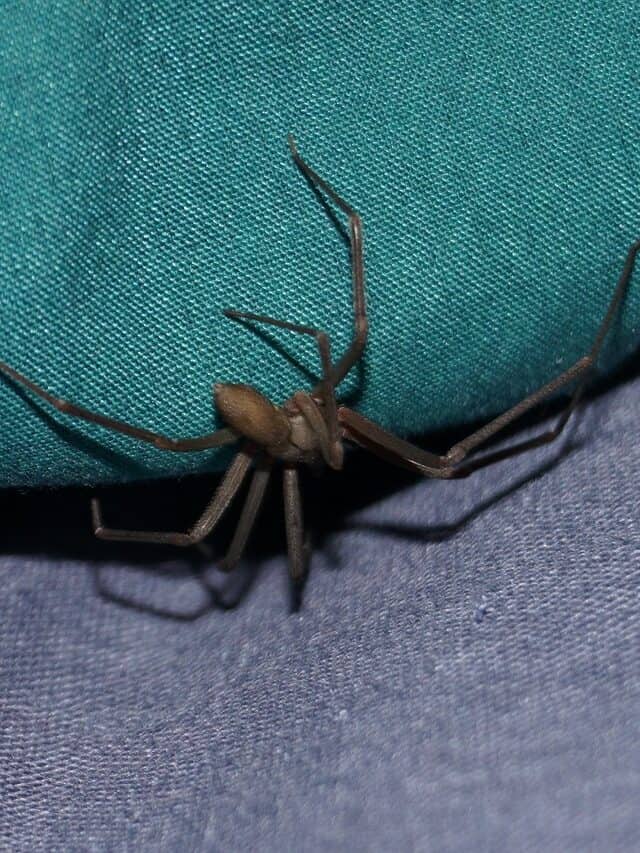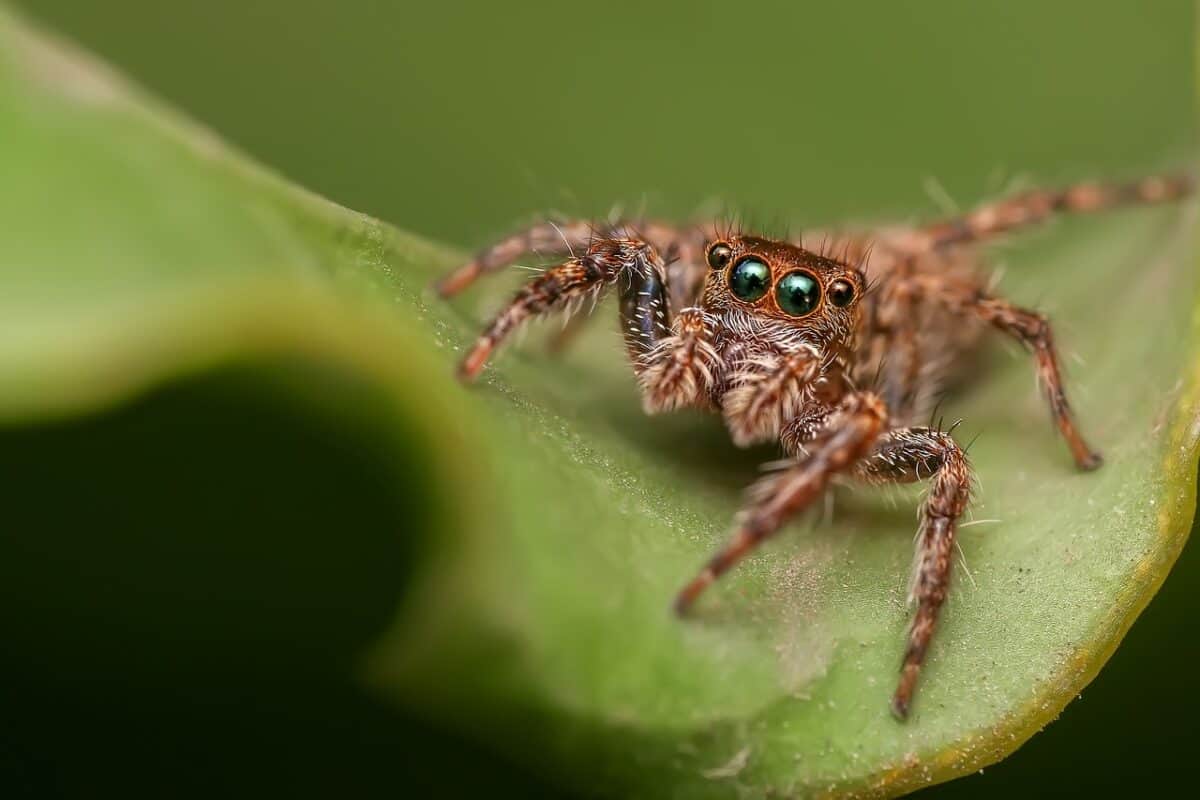Spiders, though often misunderstood and maligned, are vital components of ecosystems across the globe. They help control insect populations, contribute to nutrient cycles, and even inspire technological innovations. However, many spider species are currently facing severe threats due to habitat loss. This article introduces 11 rare spiders teetering on the brink of extinction and explores the challenges they face.
The Significance of Spiders in Ecosystems

Spiders play crucial roles in food webs, acting as predators for various insects. This predatory behavior helps maintain ecological balance and protects agricultural crops from pests. Additionally, spiders serve as food for birds and small mammals, creating intricate interdependencies within their ecosystems. Their disappearance can unsettle these balances, leading to unforeseen environmental changes.
Threats Looming on the Horizon

Habitat loss, primarily driven by urbanization, agriculture, and deforestation, poses a grave threat to spider populations. As human activities expand, natural landscapes shrink, leaving these arachnids without their traditional homes. The disruption of woodlands, meadows, and marshes significantly affects spiders that rely on specific environmental conditions to survive.
The Kaua’i Cave Wolf Spider

Native to a single cave system in Hawaii, the Kaua’i Cave Wolf Spider is a unique, eyeless predator navigating the darkness. Limited to this microhabitat, habitat destruction and pollution have placed this species on the brink of extinction. Preservation efforts focus on protecting its cave environment from human interference.
The Hibernating Cellar Spider

Found in the woodlands of Eastern Europe, the Hibernating Cellar Spider faces threats from urban sprawl. As new developments encroach on its natural habitats, the density of human activity diminishes the spider’s living space and disrupts its ecological niche.
The Spruce-Fir Moss Spider

This minute spider inhabits the misty mountains of the Southern Appalachians. Relying on the temperate forests’ fragile ecosystem, the Spruce-Fir Moss Spider struggles against habitat loss due to logging and climate change. Conservation efforts focus on preserving these high-altitude forests to protect this rare arachnid.
The Desertas Wolf Spider

Living on the Desertas Islands near Madeira, this endangered spider occupies only a 16-hectare area. It faces threats from habitat destruction and competition from invasive species. Conservationists are working to remove invasive plants and animals to give the native fauna a fighting chance.
Peacock Parachute Spider

Endemic to the forests of Sri Lanka, the Peacock Parachute Spider is admired for its stunning coloration. However, deforestation for agriculture and logging has led to significant habitat degradation. Efforts to replant native trees and create protected reserves are underway to safeguard its future.
Great Raft Spider

Living near bodies of freshwater in threatened wetlands across Europe and parts of Asia, the semi-aquatic Great Raft Spider is particularly vulnerable to habitat destruction from drainage and pollution. Conservationists are pushing for stricter protection of these wetland areas to ensure its survival.
Gooty Sapphire Ornamental

Known for its vibrant iridescence, the Gooty Sapphire Ornamental from India’s forests faces severe pressure from illegal logging and land conversion to agriculture. Conservation initiatives aim to curb illegal activities and foster local awareness to protect these unique habitats.
Speckled Recluse Spider

Native to isolated regions of the United States, the Speckled Recluse faces threats from expanding urban areas encroaching on its desert habitat. Habitat restoration and strategic planning are critical to ensuring the survival of this specialized species.
Decaphora Spider

With its habitat spanning limited areas of South America, the Decaphora Spider is threatened by deforestation and urbanization. Efforts to introduce sustainable development practices aim to provide a balance between human needs and the preservation of natural habitats.
Protecting Future Generations

Conservationists across the globe are rallying to protect these rare spiders. Efforts include habitat preservation, environmental education, and legislative measures to curb destructive practices. While challenges remain, increased awareness and global cooperation provide hope for these species.
In summary, the looming threat of extinction faced by many rare spider species highlights the broader issue of habitat loss affecting countless organisms worldwide. By understanding the vital roles these spiders play in their ecosystems, we can better appreciate the necessity of conservation efforts. Preserving their habitats ensures the health of ecological communities and the continued diversity of our planet’s wildlife.
- 9 Rare Spiders Facing Extinction Due to Habitat Loss - August 9, 2025
- 10 Most Endangered Birds in the U.S. and Where to Find Them - August 9, 2025
- 15 Tips for Managing Spider Infestations During Storm Season - August 8, 2025

